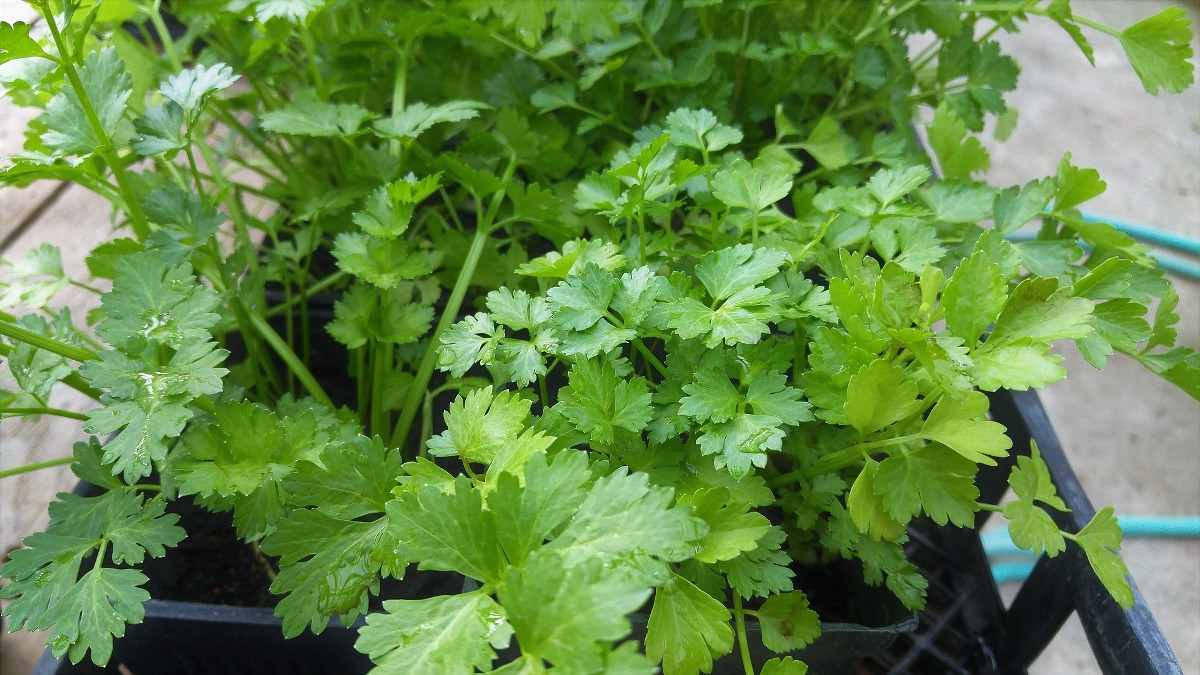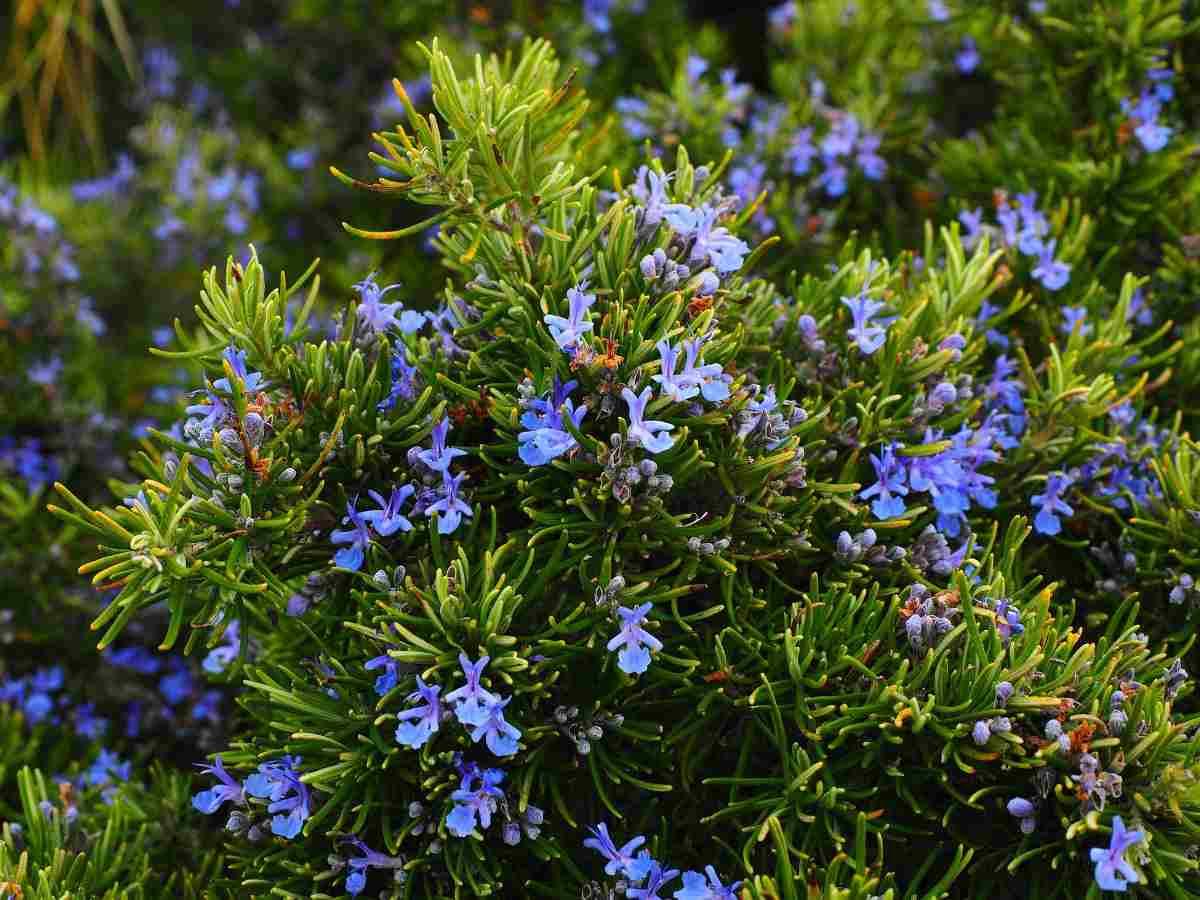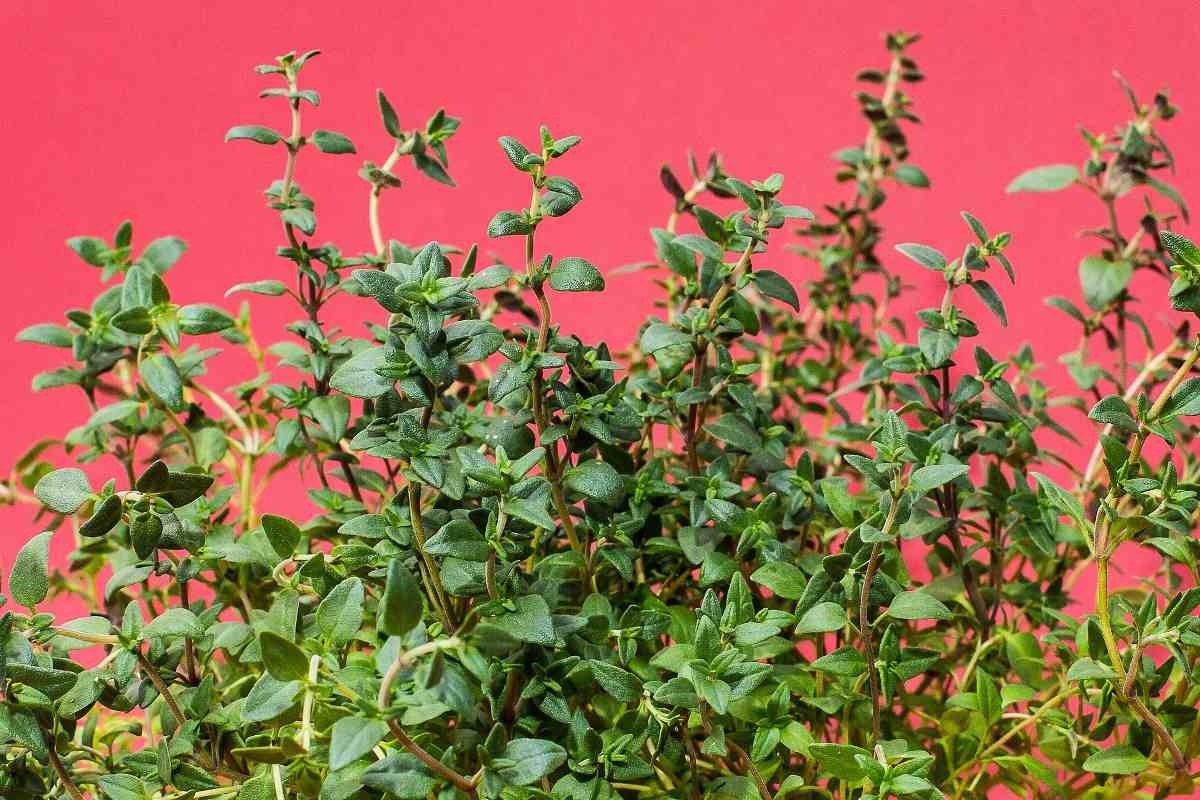Introduction to herbs for growing in the shade
Herbs are generally considered the hardiest of all garden plants and they have relatively few problems with insects and disease and are extremely adaptable. While most herbs need to be located in full sun, there are many shade-tolerant herbs that can brighten up dull, dark areas of the garden. Shade herbs can make excellent companions for other shade-loving plants such as hostas, ferns, and numerous types of bulbs. They make great companions with many types of flowering plants as well. Growing herbs in shade is a great way to add color and fragrance to the garden. Most herb plants prefer to grow in sunny conditions, but there are a few that thrive in shade. In this article we discussed below topics;
- Can mint grow in the shade
- Growing herbs in shaded areas
- Tips for growing herbs
- Herbs that grow in shade indoors
- Can thyme grow in shade
- Do any herbs grow well in shade
- Evergreen herbs that grow in shade
A step by step guide to growing Herbs in shade
You can grow most herbs in partial shade but some will do less well because they are sun-loving. If grown in partial shade the Mediterranean herbs will require good drainage. To encourage plant growth in the shade of trees, consider pruning some lower branches to let in light and also improve air circulation. Be sure not to destroy the elegance and grace of the plants while opening up the garden for layers of underplanting. Shade tolerant herbs grow taller and lankier as they reach for the sun. Though, you can easily keep shade herbs bushier and encourage new growth by pinching back their foliage. It may help to prune the lower branches of trees to allow more sunlight to peek through. In addition, pruning helps to improve the air circulation of shade herbs plants. When growing herbs for shade, try to select herbs that are native to woodland settings.
Shade herbs require less watering. The majority of shade-tolerant herb plants prefer moist, humus-rich soil. Amending the soil with organic matter such as compost will help improve the soil quality and ultimate success of the herb garden. Gardening in the shade doesn’t have to be frustrating and shade herbs can be integrated with other shade-loving flowering plants. By knowing what herbs will grow in shade is key to their success. Choosing and planting shade-tolerant herbs is a great method for the gardener with limited sunlight to create diversity within dull areas of the landscape.
Tips for growing herbs in shade
- When growing herbs for shade, it helps to know what herb plants will grow in shade. Knowing which herb plants are more likely to succeed and understanding their adaptations in shady conditions can increase the chances of success. For instance, while some herbs require full sun in cooler regions, these same herbs might prefer shady areas in warmer climates. Before choosing shade-tolerant herbs for the garden, it’s important to understand the difference between full shade, partial shade, and light shade or partial sunlight.
- Most shade-loving plants, herbs included, are woodland denizens that choose a consistently moist (but not soggy), humus-rich soil.
- Before sowing seed or planting, amend poor soils with compost and other organic matter.
- Transplant herbs before or after periods of active growth when the plants can devote energy to settling in and becoming established.
- To conserve water and keep the garden evenly moist, mulch with several inches of compost, leaf mold, well-rotted manure, and shredded bark.
- All herb plants grown in shade will grow tall in an attempt to reach for the sun. Pinch the foliage back to keep plants compact and encourage new plant growth. Always use new plant leaves for cooking.
Growing herbs in partial shade
Catnip – Catnip is one of the important herbs for a partial shade garden. Catnip plants do best in full sun to partial shade and drought-tolerant ground covers, making them a good choice for sunny, dry areas where many other plants would struggle. It’s a perennial and grows to a height of 3 feet. Catnip is a member of the mint family but is not as invasive. It will, however, reseed itself freely throughout the garden.
Chamomile – It is known as German chamomile. Chamomile grows best in cool conditions and must be planted in part shade, but will also grow full sun. The soil must be dry. Once chamomile is established, it needs very little care. Like most herbs, chamomile plant grows best when it is not fussed over. An annual, German chamomile will grow to 2 to 3 feet.
Cilantro (Coriander) – Cilantro is also called coriander, likes to grow in a partially shaded area. Too much hot, direct sunlight will cause the cilantro plant to bolt more quickly. Cilantro is an annual, is a cool-season plant. It will bolt, or flower, when the soil temperature range rises above 23°C. You can delay flowering a few weeks by heavily mulching the Cilantro plants to keep the soil cool. Cilantro will tolerate dappled shade and can be directly sown outside from late May onwards into a plot or containers. Cilantro is best to sow successively every 3/4 weeks to keep it cropping. Even though it is tolerant of shade, cool wet summers maybe not help to produce the best crop.
In case if you miss this: Vertical Hydroponic Gardening.

Costmary – Costmary is well suited to dry conditions. Grow costmary plant in full sun to partial shade; avoid full shade. An old-fashioned, perennial herb, costmary plant is appreciated for its long, feathery leaves and mint-like aroma. Tiny yellow or white color blooms appear in late summer. It grows to 3 to 4 feet in height so it should be planted in the back of your border. It needs full sun to flower, but the flowers are insignificant. It is grown for its fragrant leaves which smell of balsam. Costmary is grown in partial shade, it will produce more and larger leaves.
Dill – Dill plant is an annual and a member of the carrot family. Mature plants vary height from 2 to 4 feet depending on the variety. Dill plant will bloom about 8 weeks after it has sprouted so plant seeds every two weeks through your growing season to ensure a steady supply. Do not plant them near fennel and they will cross-pollinate and the resulting plants will lack the distinctive flavors of their parents. Dill plant is grown in partial shade, it will produce more and larger leaves. Dill will bloom about 8 weeks after it has sprouted so plant seeds every 2 weeks through your growing season to ensure a steady supply.
Fennel – Fennel is a short-lived perennial plant. Depending on the variety, fennel will reach a height of about 4 to 6 feet. Like the dill plant, it is a member of the carrot family. It comes in two varieties that develop bulbs and those that don’t. It is used in butterfly gardens because it is the nectar plant of the swallowtail butterfly. This means that butterflies lay their eggs on the plants which then hatch into caterpillars that eat the Fennel plants. Do not plant fennel near dill. Then, they will cross-pollinate and the resulting plants will lack the distinctive flavors of their parents. It grows best in full sun, but the plant can cope with up to three-quarters shade. The soil must be rich, moist, and well-drained for ideal growth, but herb fennel, like many herbs, has a way of keeping itself going almost regardless of conditions.
Lemon Balm – Lemon balm is another great herb for tea but it is a member of the mint family and reseeds aggressively. Prune it to a few inches several times during the summer season to prevent it from flowering. It’s relatively short, 12 to 24 inches tall. Lemon balm is a perennial herb hardy plant, tolerates partial shade and grows well in poor soil as long as the drainage is good. It self-sows easily. Lemon balm can be used in teas, salads and fish dishes or with fruit. Its dried leaves can be used in potpourris and sachets. Lemon balm grows well in shady areas, particularly in dry climates, provided it has adequate drainage.
Chives – Chives also prefer light shade in moist and well-draining soil.
Parsley – In warmer climates, parsley plants can be grown in shade. It is a member of the carrot family, parsley comes in three varieties they are flat-leaf, curly leaf and root parsley. Parsley is grown as an annual because it doesn’t survive the harsh winters. It is a cool weather plant that struggles in the summer heat and it is also the nectar plant for small butterflies that lay their eggs on the backs of the leaves. Parsley is a biennial herb, requires part shade in hot climates and can be grown in containers or window boxes. Italian flat-leaf parsley has a particularly strong flavor. Soak parsley seeds for about 24 hours before planting.
Mint – Several varieties of mint make suitable shade herbs. They do well in lightly shaded areas with adequate moisture and fertile soil. Mints come in a seemingly endless variety and they are better planted by themselves in a garden or, preferably, in containers. Mint plant tolerates light shade and comes in a variety of fragrances, including peppermint, spearmint, and apple, chocolate, and orange. Mint can be used in flavoring teas and drinks or in baking. As they have a tendency to be invasive, grow mint in containers to help keep plants in check.

Angelica – Angelica plants are suitable shade herbs.
Rosemary – Rosemary should be grown in containers and brought inside once the outdoor temperatures are less than -1°C. Mature plants grown outside can reach a height of 5 to 6 feet, depending on the variety. It is a member of the mint family but is not invasive. It is used as an ornamental shrub because it can be pruned into hedges and topiary. If you are fortunate enough to live in an area where rosemary is hardy and it will do well for you in a partial shade location. It is an evergreen shrub, prefers full sun but may be grown in light shade. It is aromatic when brushed or bruised and is used in cooking fish, poultry, and game. It comes in upright and prostrate forms. The latter can be grown on a wall or in a hanging basket.

Thyme – Thyme prefers full sun, but will grow in partial shade. There are many kinds to choose from. French and English thyme is most used in cooking. French thyme has a milder flavor. If you are looking for something different, there is lemon thyme and orange thyme, which have distinctive citrus flavors. All of these thymes are upright thymes, and growing like small bushes. There are creeping thymes that form low mats. They are used on walls and between stones in paths and the most popular is Mother of Thyme.

Growing Herbs in full shade
Cardamom – If you cook Indian food, you will want to reserve a corner of the shade garden for cardamom. Let it go to seed and then collect the seeds to use for recipes. A tropical, grown in containers and brought indoors during the winter in colder climes, mature plants reach a height of about 10 feet or more.
Chervil – Chervil plant is an annual cool-season plant growing best in the spring and fall when temperatures are cooler. Mature plants attain a height of about 12 to 24 inches.
Ginger – It can be grown as a perennial plant. Plants grow to 2 to 3 feet in height and ginger can be harvested within a year of planting. Ginger prefers areas of light shade in moist but well-drained soil.
Ginseng – Ginseng is a perennial plant and the roots take 8 to 10 years to reach maturity.
Sweet Woodruff – A perennial hardy and grows 6 to 12 inches high. Sweet woodruff is great for use in the shade, providing excellent ground coverage for dark areas. This shade herb grows well with bulbs.
In case if you are interested in this: Profits in Henna Powder Making Business.